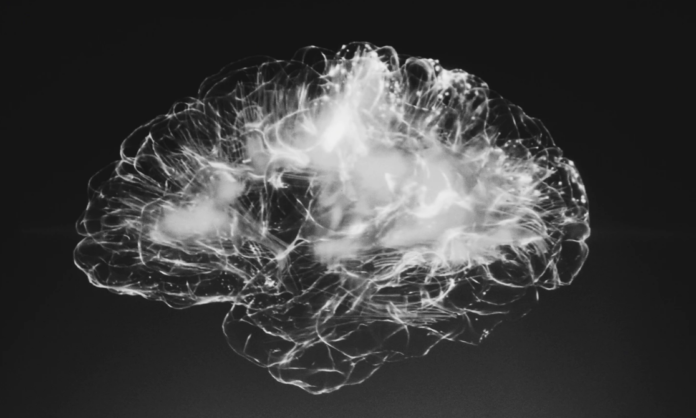Parkinson’s Disease is a progressive neurological condition that affects the nervous system, with one of the most notable symptoms being tremors. The current way in which neurologists measure the severity of these tremors is by using the Unified Parkinson’s Disease Rating Scale (UPDRS). This scale evaluates a patient’s condition upon performing a number of given tasks.
The problem with this kind of ‘quick’ evaluation is that it only gives the neurologist a small glimpse of what everyday life is really like for the patient. To really be able to manage and treat a Parkinson’s Disease patient’s tremors there needs to be a way to monitor them continuously as they go about their daily routine.
Which is where the team of researchers from Florida Atlantic University’s (FAU) College of Engineering and Computer Science, a team from Rochester Medical Center and another from the Icahn School of Medicine at Mount Sinai come in. Together they have developed complex algorithms that when paired with wearable sensors, can continuously monitor and estimate the total number of tremors a Parkinson patient suffers in any given period. And unlike the UPDRS scenario, these readings can be obtained in real-life while the patient is in their natural environment.
The study involved the use of two machine-learning algorithms (LSTM-based deep learning and gradient tree boosting) in which to estimate tremor severity in the patient. Two sensors were placed on the patient in which to collect data – one on the most affected wrist and the other on the most affected ankle.
As the patient went about their day, performing usual tasks such as walking, eating, getting dressed, and resting, the sensors collected and collated the data. Results from the study showed that using the gradient tree boosting method, researchers were able to gather with high accuracy a total estimated tremor amount as well as the resting tremor amount. In the majority of cases, the results achieved were the same as those predicted using the UPDRS system. On the flip-side, the LTSM-based method was worse in terms of performance.
“This finding is important because our method is able to provide a better temporal resolution to estimate tremors to provide a measure of the full spectrum of tremor changes over time,” said Behnaz Ghoraani, Ph.D., senior author of the paper, assistant professor in FAU’s Department of Computer and Electrical Engineering and Computer Science, and a fellow of FAU’s Institute for Sensing and Embedded Network Systems (I-SENSE) AND FAU’s Brain Institute (I-BRAIN).
Photo by Alina Grubnyak on Unsplash

